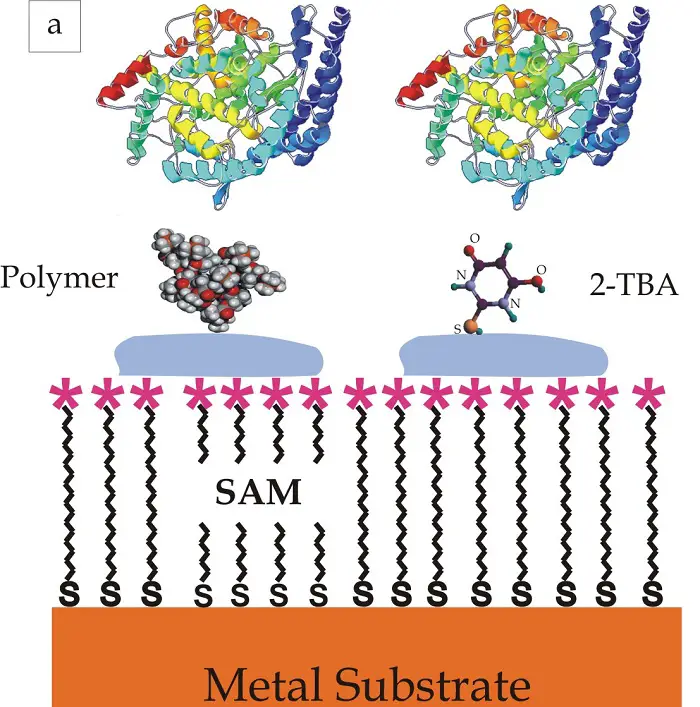Bioelectrochemistry is a branch of science that combines principles of biochemistry and electrochemistry to study the interaction of biological molecules with electrodes and the conversion of biological processes into electrical signals or vice versa. It focuses on understanding the electrochemical properties of biomolecules, such as proteins, enzymes, nucleic acids, and cells, and their behavior in electrochemical systems.
Key Concepts and Applications of Bioelectrochemistry
Key concepts and applications of bioelectrochemistry include:
- Electrochemical Sensors and Biosensors: Bioelectrochemistry is crucial in developing electrochemical sensors and biosensors for detecting and quantifying biological analytes. These sensors utilize biomolecules as recognition elements, such as enzymes, antibodies, or nucleic acids, to selectively bind to target analytes and generate measurable electrical signals. Bioelectrochemical sensors and biosensors have applications in clinical diagnostics, environmental monitoring, food safety testing, and biomedical research.
- Biofuel Cells and Biocatalysis: Bioelectrochemistry is used to study and develop biofuel cells, which generate electrical energy by harnessing the catalytic activity of enzymes or microorganisms to oxidize biological substrates, such as glucose, ethanol, or hydrogen. Biofuel cells have potential applications in renewable energy production, powering implantable medical devices, and environmental remediation. Bioelectrochemistry also investigates biocatalytic reactions for synthesizing valuable compounds or converting waste materials into useful products.
- Electrochemical DNA and Protein Analysis: Bioelectrochemistry is applied to study the electrochemical properties of DNA, proteins, and other biomolecules, providing insights into their structure, function, and interactions. Electrochemical methods, such as cyclic voltammetry, amperometry, and impedance spectroscopy, characterize biomolecular interactions, monitor enzymatic reactions, and analyze DNA hybridization or protein binding events.
- Electrophysiology and Cell Signaling: Bioelectrochemistry contributes to electrophysiology by investigating the electrical properties of cells, tissues, and organs and their role in cellular signaling and communication. Techniques such as patch-clamp recording, voltammetry, and impedance spectroscopy measure membrane potential, ion currents, and cell signaling pathways, providing insights into cellular function, neuronal activity, and disease mechanisms.
- Electrochemical Imaging and Microscopy: Bioelectrochemistry encompasses techniques for imaging biological structures and processes at the nanoscale using electrochemical imaging and microscopy methods. Electrochemical scanning probes, electrochemical scanning electrons, and scanning electrochemical microscopy allow for high-resolution imaging of biological samples and mapping of electrochemical properties, such as redox activity and ion fluxes, at the cellular and subcellular levels.
Overall, bioelectrochemistry is a multidisciplinary field that bridges the gap between biology and electrochemistry. It offers valuable tools and techniques for studying biological systems, developing biomedical devices, and advancing biotechnological applications.
